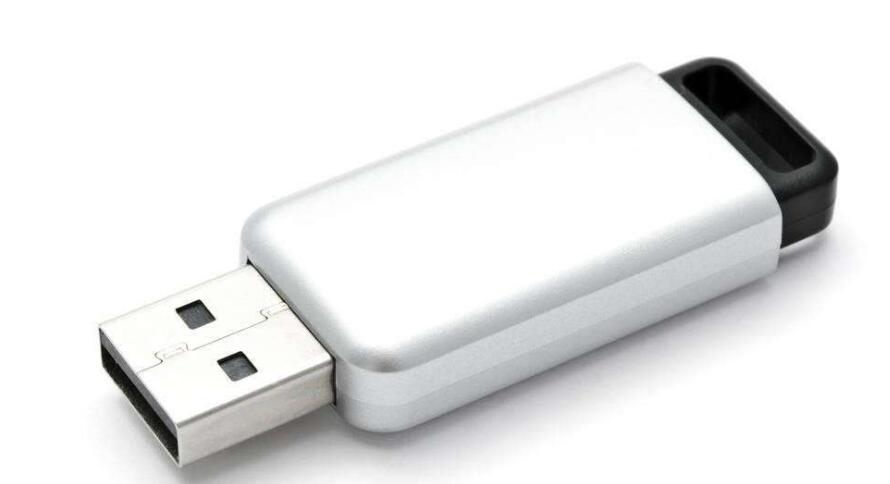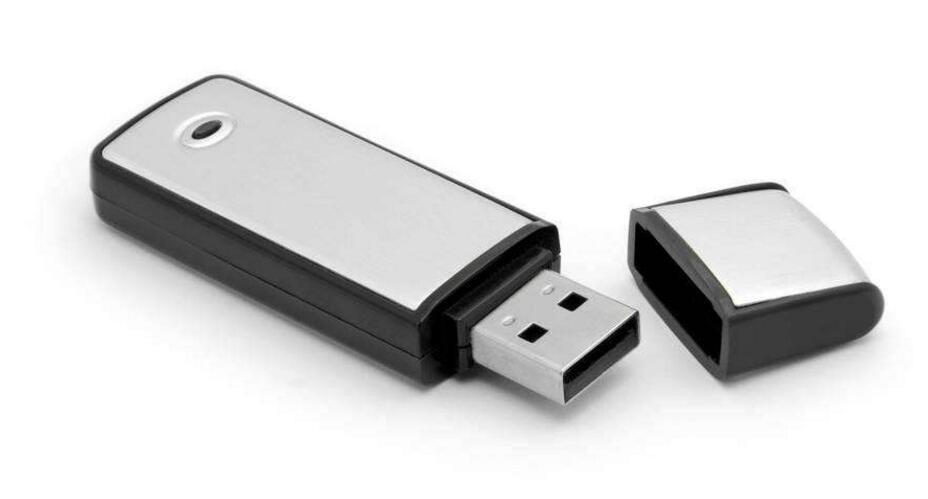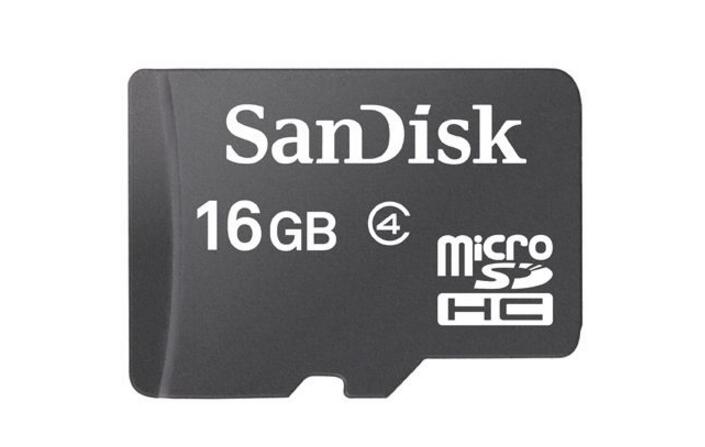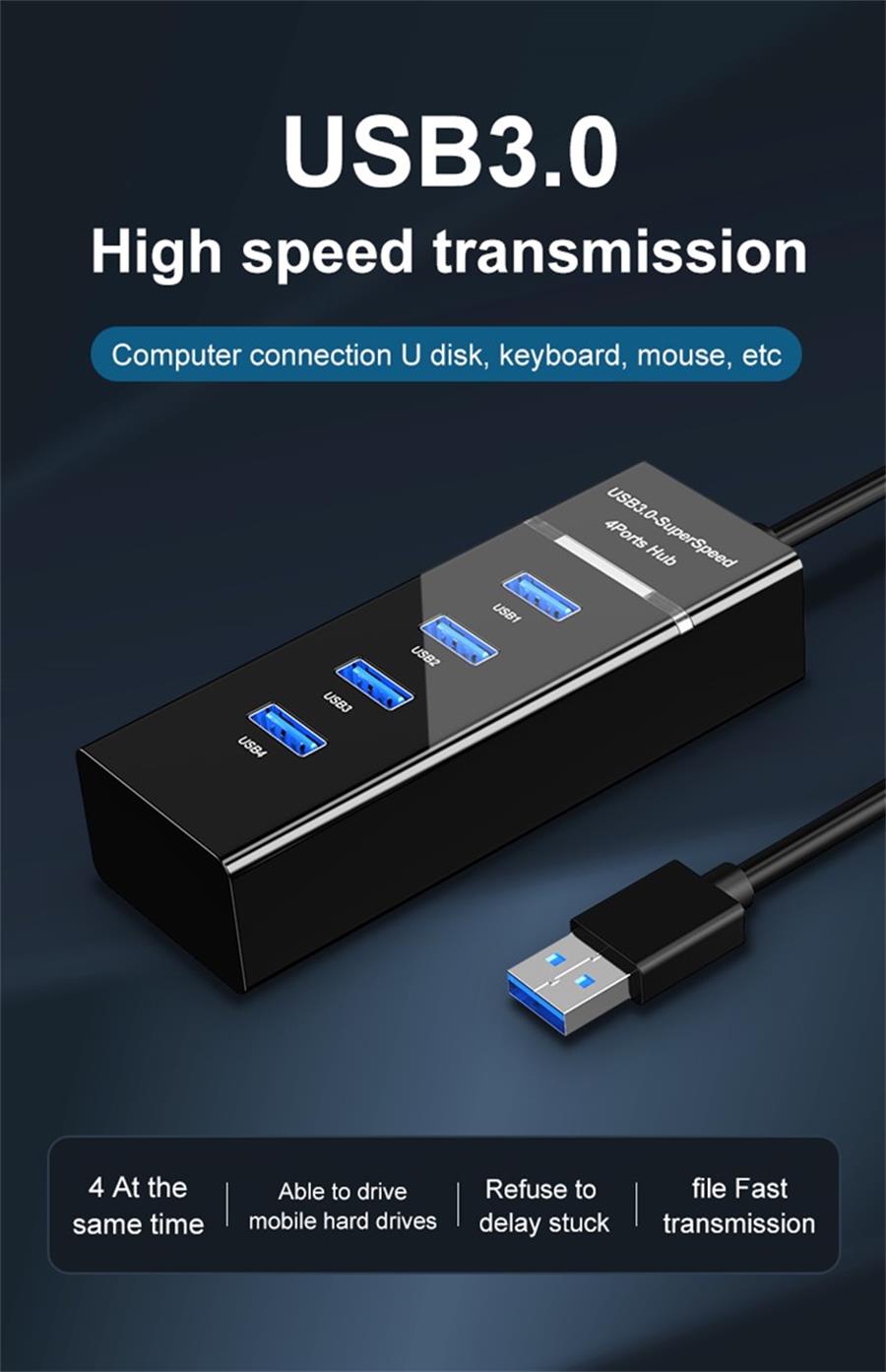The difference between U disk and memory card concept: U disk refers to a USB flash drive with a USB interface that can be directly connected to a computer. The memory card generally referred to requires a card reader to be read by a computer. Memory cards generally refer to memory cards in digital products such as mobile phones and cameras. Actually all flash memory cards. The vast majority of mobile phones use TF cards also called MICRO SD cards. Most cameras use SD cards. Sony's use of memory sticks, and generally referred to the memory card reader can be used to read the computer.
Use: U disk plug and play, memory card is troublesome.
Speed: U disk directly connected, fast; memory card to be wired or card reader, slower.
Carry on: The memory card is small to carry and easy to lose. The U disk is much larger than the memory card, and it is easily discarded.
Appearance: U disk is a flash disk with a U-shaped block, and the memory card is smaller than the U disk, and it needs to be placed on a card reader or a mobile phone when stored.

U disk, full name of the USB flash drive, English name "USBflashdisk". It is a miniature, high-capacity mobile storage product that requires a USB interface and does not require a physical drive. It is connected to a computer through a USB interface for plug and play.
Analysis of advantages and disadvantages of different formats of u disk1, fat32 format is the format used by the early u disk, this format can not support more than 4g file transfer, and poor performance, easy to produce disk fragmentation, so now very few people use this format.
2. ntfs is a new technology file system that replaces the fat format. It improves fat, improves disk performance, reliability, and disk space utilization. It is the u disk format used by most users today, but this format Need to continue to read and write, very hurt U disk.
3, exfat is a compromise solution, especially for flash file system, in order to solve the fat32 does not support 4g and larger files and launch, but not as ntfs will damage u disk, improve the u disk usage Lifespan is the most suitable format for u disk.

1. SD (Secure Digital): In literal terms, an SD card is a secure digital card that is more secure than CF cards and earlier SM (Smart Media) cards. The SD card was launched by the SD Association consisting of Sandisk, Panasonic, Toshiba and other manufacturers. It is a very small (32mm & TImes; 24mm & TImes; 2.1mm) transmission speed is ideal, and stability, compatibility is also excellent. Since its launch in 1999, SD cards have gradually become the most common memory card for digital cameras, PDAs, MP4 players and other digital products.
2. miniSD: Although the size of the SD card is much smaller than that of the CF card, it is slightly bloated for small digital products such as mobile phones. According to the trends, the SD Card Association has introduced a miniSD card that is specially designed for small digital devices such as mobile phones. The size of the miniSD is roughly one-half that of a standard SD card, with 11 gold fingers (only 9 gold fingers on the SD card). The miniSD card can be used as an SD card. The card has many applications on Dopod, Panasonic and other mobile phones.
3. microSD: When it comes to microSD, we have to mention the T-Flash cards (TransFlash) that were introduced in 2004 by Sandisk and Motorola. The microSD card standard was developed by SD Association in 2005 with reference to the relevant standards of T-Flash. MicroSD is compatible with T-Flash. Compared with miniSD, microSD is more compact (11mm & TImes; 15mm & TI; 1.0mm), it is only about a quarter of the standard SD card, is the smallest memory card on the market. Similarly, microSD can also be used as a standard SD card via a riser card.
4. MMC (Multi Media Card): MMC was born in 1997. It has many similarities with the SD card we introduced earlier, except that the MMC card is slightly thinner than the SD card. The appearance size of both is basically the same, and it is not Less digital products can also be compatible with each other. Slightly different from SD, the MMC card does not have a read-write protection switch and only has 7 gold fingers.
5. RS-MMC (Reduced Size Multi Media Card): RS-MMC is a memory card designed by the MMC Association in 2002 for mobile phones and other multimedia products. RS-MMC is much smaller than MMC. It can be converted into a standard MMC card for use with a dedicated adapter.
6. MMC Plus: In September 2004, the MMC Association launched MMC Plus and MMC Moblie. The MMC Plus card has the same size as an ordinary MMC card and has a faster read speed. When it operates at a frequency of 52 MHz and uses an 8-bit data bandwidth mode, the data transfer rate is up to 52 MB/s, which can satisfy digital images. Storage and other data-intensive applications such as high-end digital cameras, digital cameras, etc. At present, some factory businesses have also introduced low-voltage MMC Plus cards.
7. MMC mobile: MMC mobile is also called dual voltage RS-MMC. In order to achieve better power saving performance, MMC Association has introduced a memory card that can work under low voltage and is compatible with the original RS-MMC, MMC mobile, which can operate at voltages of 1.65~19.5V and voltages of 2.7~3.6V. Working in both modes, the theoretical transmission speed can reach up to 52MB/s. It should be pointed out that the size of MMC Mobile is exactly the same as that of RS-MMC. The only difference is that MMC Mobile has 13 cheats. Don't make mistakes when purchasing.
8. MMC micro: For microSD cards, the MMC Association has introduced the MMC micro specification. Compared to the microSD card, the MMC micro is slightly larger (12mm x 14mm x 1.1mm). MMC micro, like MMC mobile, supports dual voltage and is suitable for mobile phones and other hand-held portable devices that require high size and battery life.

1, storage function
The biggest function of the mobile phone memory card is to have a storage function, you can put your favorite music, movies, games into the phone memory card, and when you change the phone, just remove the memory card and reinsert the new phone, you The above saved file can be reused.
2, extended memory
The mobile phone memory card also has the function of extending the memory of the mobile phone. Now the mobile phone memory has a large proportion of the system or the cache file is too large. As a result, the mobile phone with insufficient body memory is easily full. This is an urgent need for a memory card to increase your size. The memory of your phone is also more fluid in your phone's memory.
USB3.0 provides a standard interface for all kinds of devices that are connected to PCS or audio/high-frequency devices.The theoretical transmission speed is up to 5Gbps. HUB is commonly known as a hub, which is used to connect multiple computers or network devices in a network using a star topology. The USB 3.0 Hubs is an upgrade of the USB 2.0 Hubs. The transmission rate of the USB2.0 is 480Mbps, and the transmission rate of the USB3.0 is 5Gbps. The maximum transmission speed is 10 times that of the USB2.0, and the transmission speed is faster.
The USB 3.0 hub provides a quick and easy way to connect all the peripherals you use on your desktop. You can connect 2 external monitors, gigabit Ethernet ports, headphones/speakers, USB printers and scanners, keyboards, mice and other peripherals with a single USB 3.0 cable to your computer for up to 5Gbit/s external storage access (10 times faster than USB 2.0). USB HUBS can do split, but not evenly. If, as the subject says, you only have two devices, and the two devices are transmitting at the same time and taking up as much bandwidth as possible, then you end up with two devices each taking up 50% of the bandwidth. Due to the fast theoretical speed of USB3.0, even if divided into four parts, the theoretical bandwidth of each port is still as high as 1Gbps, and the number of converted bytes is close to 100MB/s, which is still a very high bandwidth.

Usb 3.0 Hubs,Wireless Usb Hub,Usb C Hub For Desktop,All In One Usb C Hub
Henan Yijiao Trading Co., Ltd , https://www.yjusbhubs.com
